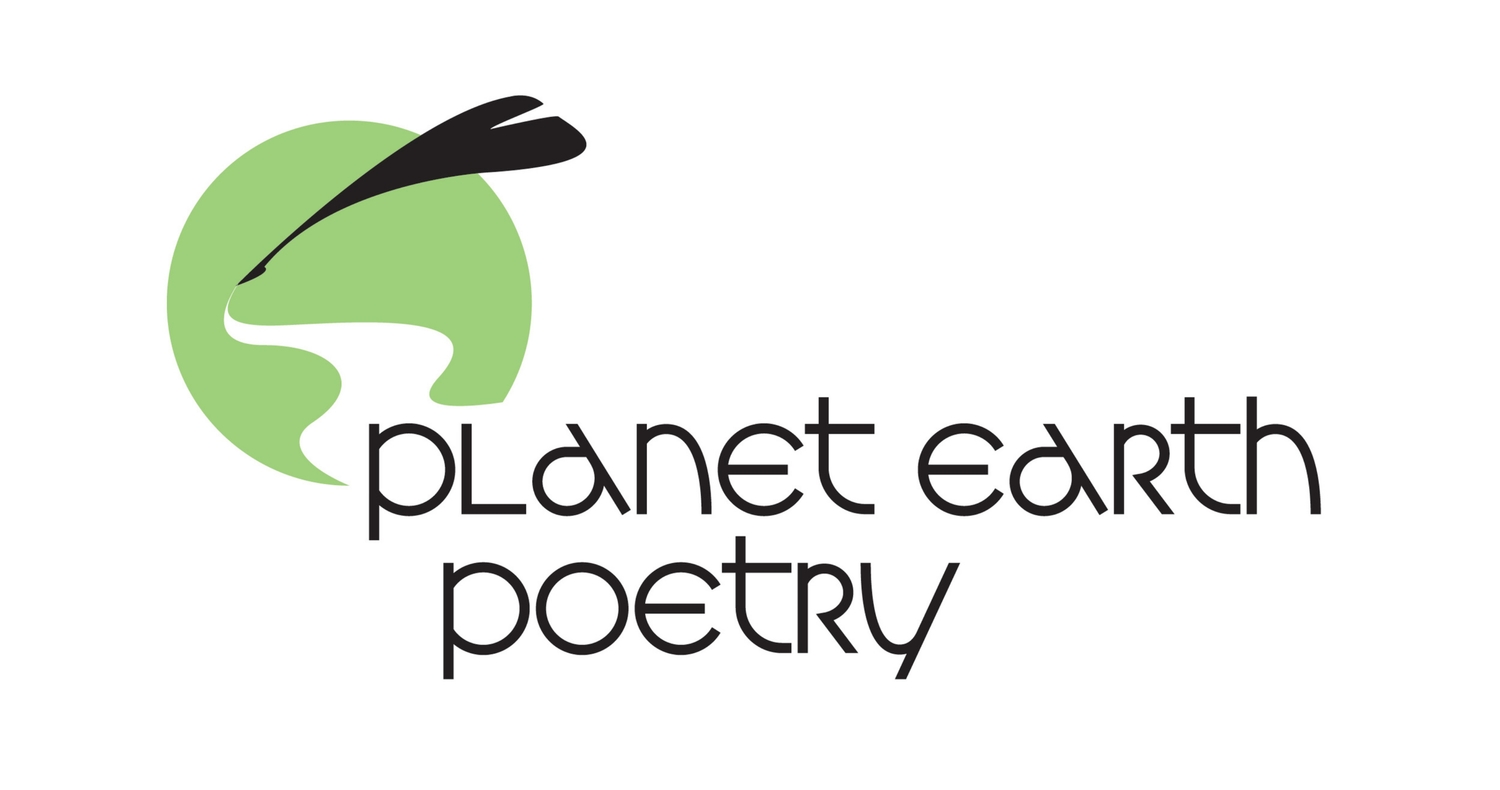FEATURED POET INTERVIEWS
Planet Earth Poetry’s Interviews shine the spotlight on our featured poets and their new collections. This new initiative aims to pair interviewers with poets wherever possible.
We’re starting an exciting new initiative: interviews with forthcoming featured poets and their new collections. We intend to share inspirational dialogues with our community while also offering our featured poets additional exposure.
We’re staring small, so there’ll only be a few interviews at first while we streamline our process.
Current reviewers include:
Anna Cavouras
Chritine Schrum
Nancy Issenman
links to the latest INTERVIEWS:
Season 30 Interviews:
COMING SOON!
Season 29 Interviews:
October 2024: Kim Trainor
November 2024: Ashley-Elizabeth Best
May 2025: Estlin McPhee

